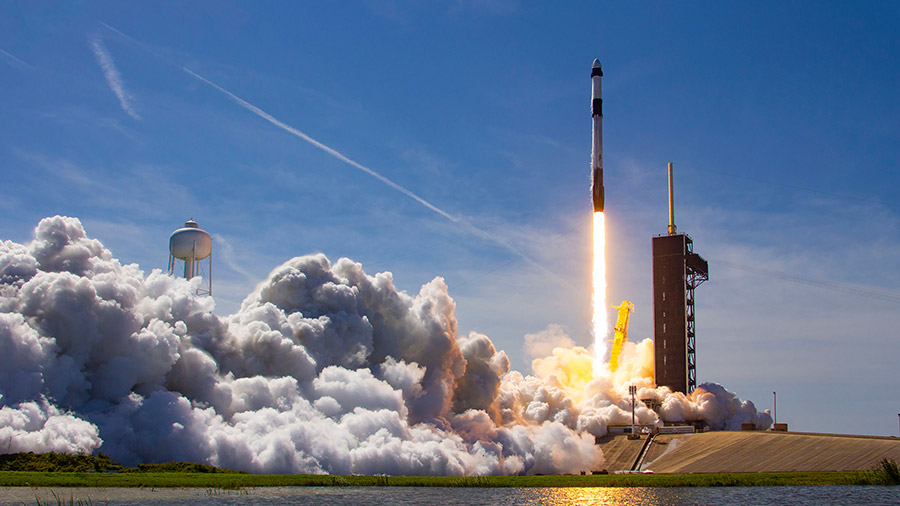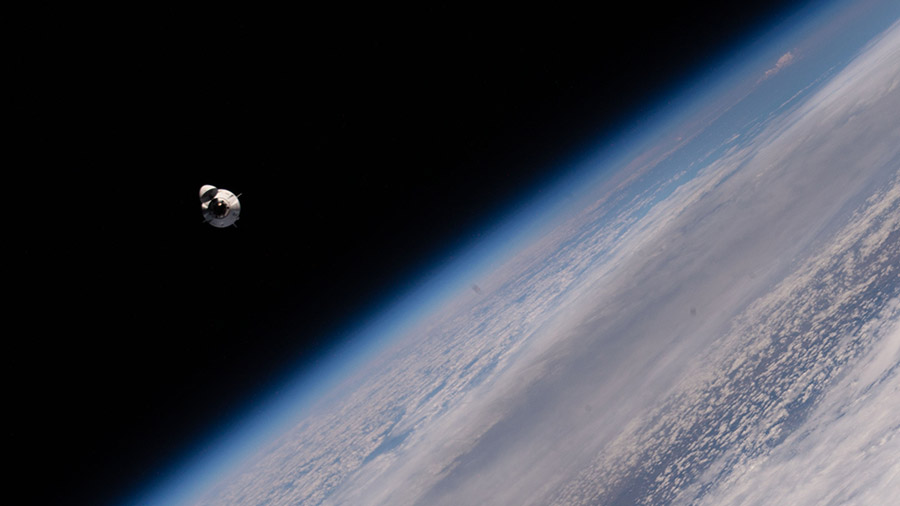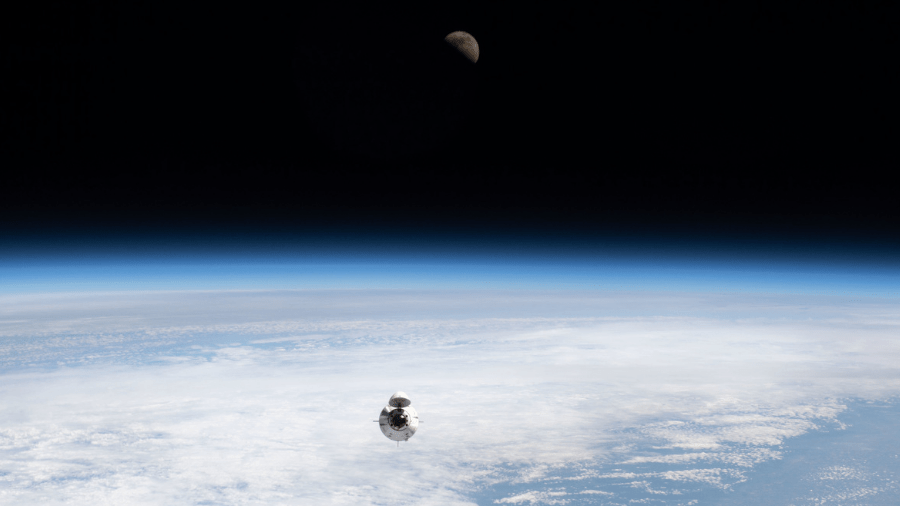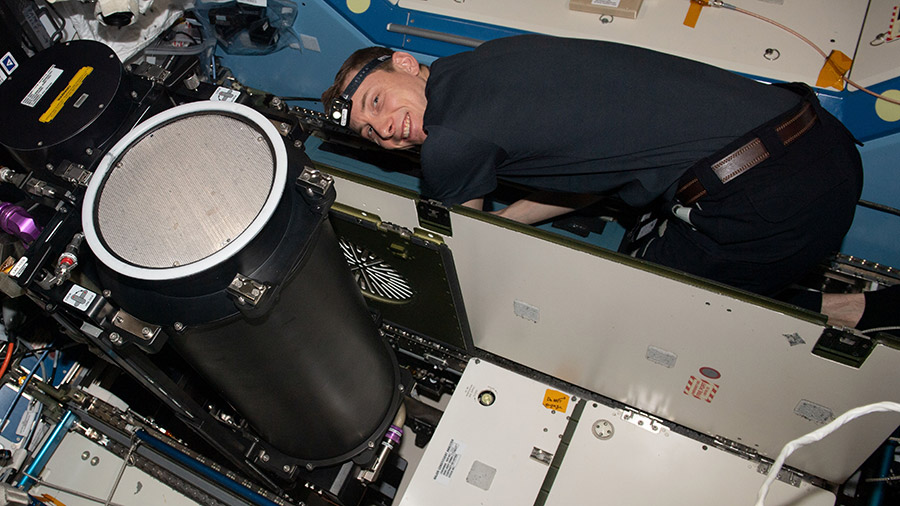NASA TV coverage is underway for the launch of Axiom Mission 2 (Ax-2) – the second all private astronaut mission to the International Space Station. Launch is targeting liftoff at 5:37 p.m. EDT from NASA’s Kennedy Space Center in Florida. The live launch broadcast is carried on NASA TV, the NASA app, and the agency’s …
Second Axiom Private Astronaut Mission Launching Live on NASA TV




























